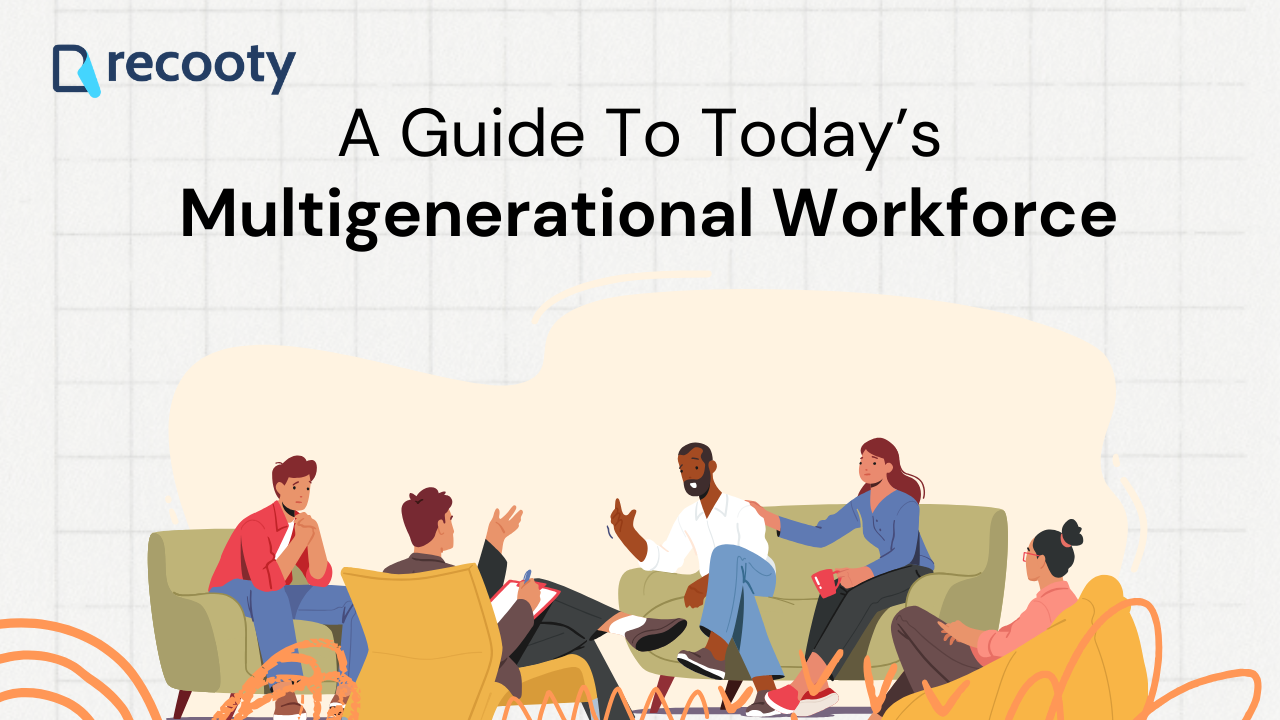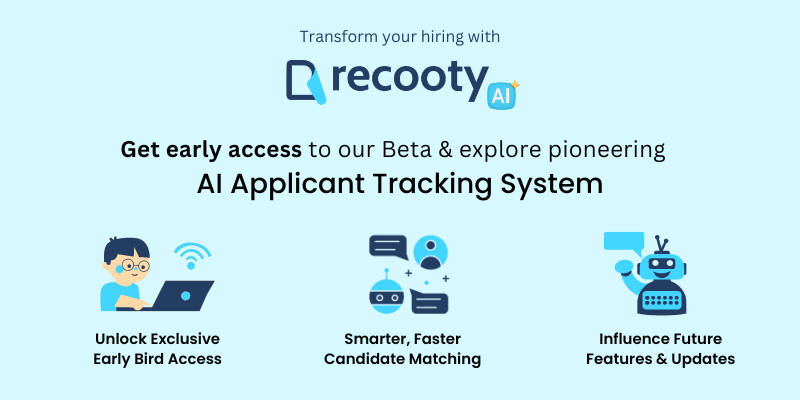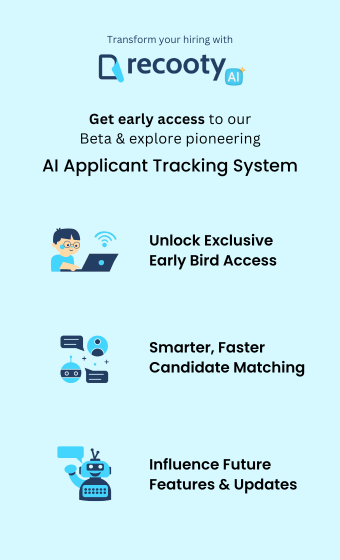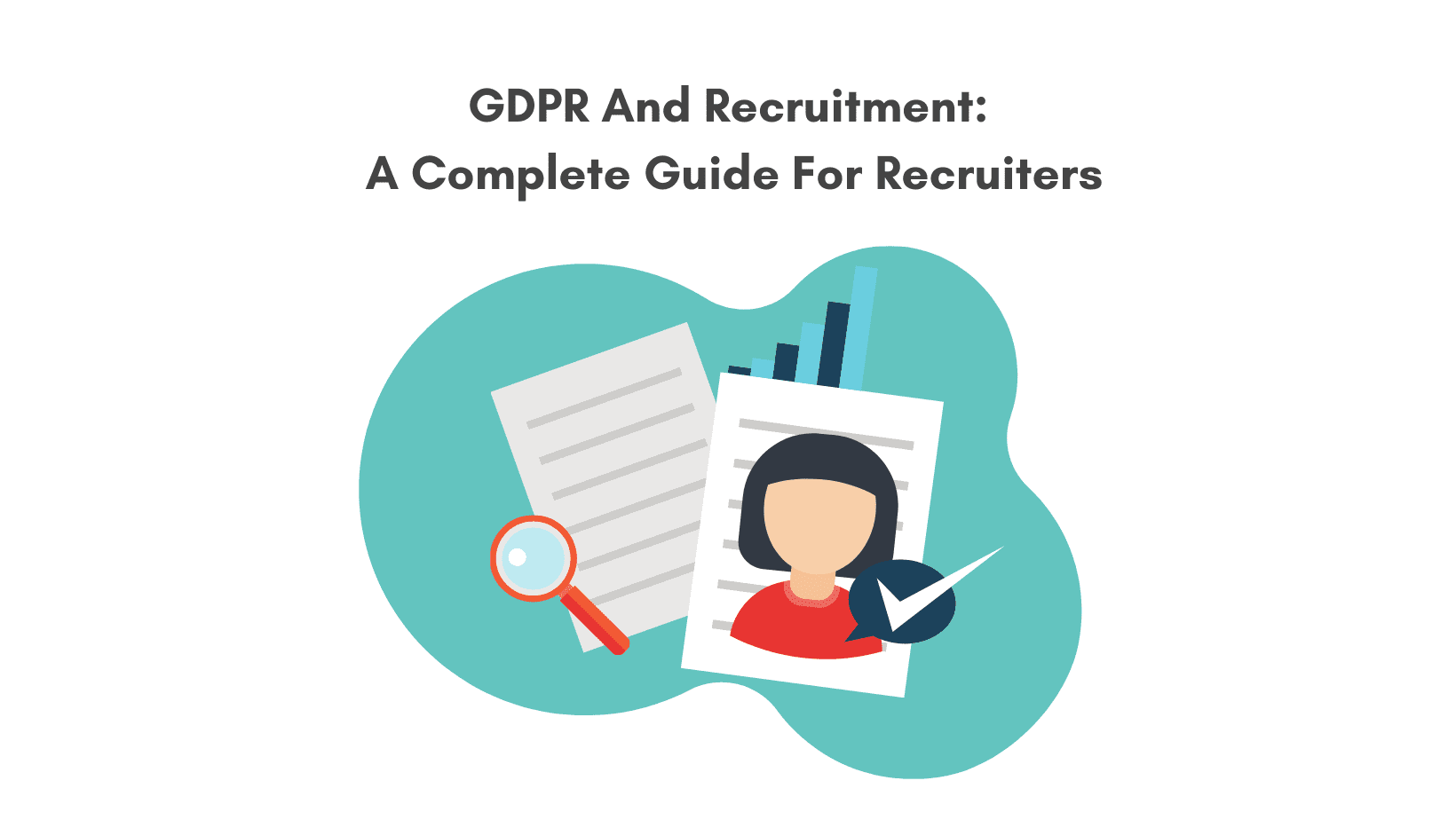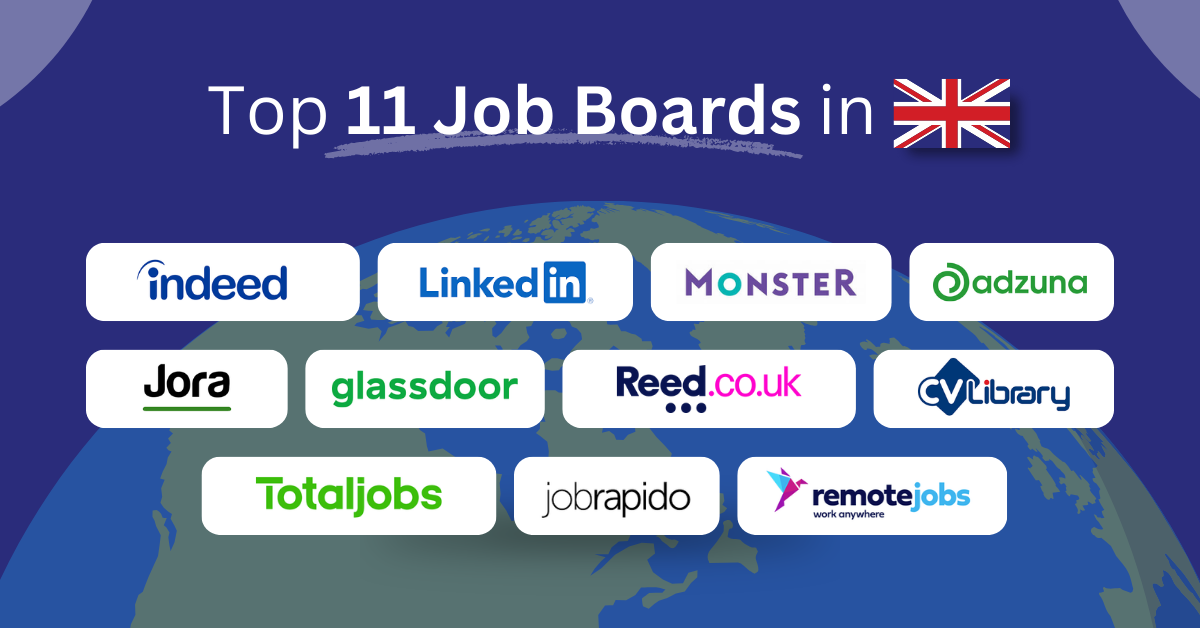
That it is extremely multigenerational. Did you know that America’s workplace, and most probably the global workplace as well, comprises a total of five generations? So, the current workforce consists of decades of diverse culture, experience, and work methods. Managing such a diverse workforce, involving traditionalists to millennials, can be an uphill task. So, this blog is a guide to today’s multigenerational workforce.
In the recent decade, the millennials and GenZ have started to make a dent in the workplaces around the world. The Millennial workforce comprises 53.5 million, all strong and growing, according to a recent Pew Research Center analysis External link. This massive generational shift in today’s workforce can be pretty difficult for employers to handle. So, to fuel the company’s growth and productivity, harmonious collaboration is extremely important in a multigenerational workforce.
We are going to walk you through everything you need to know to manage a multigenerational workforce effectively. So, read on to find more.
A Guide To Today’s Multigenerational Workforce
What Is A Multigenerational Workforce?
A multigenerational workforce is one that comprises individuals from various generations. Undoubtedly, today’s workforce is highly multigenerational. So, people from various generations, possessing different personalities are available in the labor market today. Therefore, employers need to take great care in addressing their needs, wants, and expectations.
The Generational Differences In Today’s Workforce
According to the Society for Human Resource Management (SHRM) and AARP, Millennials account for approximately 50 percent of the workforce. Also, the number of people in a workforce over 60 is pretty huge too. So, it is obvious to state that today’s workforce is made up of distinctly different generations.
These groups can be classified as follows
- The Silent Generation (Traditionalists) – They were born approximately between 1928-1945
- Baby Boomers – Born approximately from 1946-1964
- Generation X – Born approximately from 1965-1980
- Millennials or Generation Y – Born approximately from 1981-1996
- Generation Z – Born approximately since 1997-2012
Each generation brings along with it a different set of values, expectations, and outlooks to solve problems. They have a different set of competencies and approaches to solve a task. In a nutshell, there are always going to be differences that manifest themselves in a multigenerational workplace. So, HR professionals need to accommodate all these differences in their strategic workforce planning. So, here’s a complete guide for you to handle a multigenerational workforce.
Benefits Of A Multigenerational Workforce
Diversity in today’s workplace goes beyond race, gender, and ethnicity. Having an intergenerational workforce adds value to your company. Every generation has its own edge over others. So, here’s a list of awesome benefits of having a multigenerational workforce.
It Drives Innovation
Different generations have different perspectives. They have different methods to solve problems. For instance, Gen Z and millennials are technology-driven, whereas traditionalists believe more in experience and people. Different perspectives lead to brainstorming and innovation. In addition, multiple studies have shown that an age-diverse team drives more innovative and efficient solutions.
It Builds A Sustainable Talent Pipeline
A company thrives when it has a sustainable and healthy talent pipeline. While having an intergenerational workforce, organizations can easily tap into the distinctive and wide range of qualities of different generations. So, with a multigenerational workforce, companies can have a future-ready workforce in the long run.
Learning And Mentoring Opportunities
Undoubtedly, a 60-year-old person will have a lot more experience than a 25-year-old person. Simultaneously, he may not be so well versed with technology as this 25-year-old person is. So, in a multigenerational workforce, there are numerous opportunities to learn and mentor. This promotes a good work culture and helps the employees build a relationship.
Transfer Of Knowledge And Perspectives
Experienced professionals are the backbone of any business. Over the years, they gained a lot of knowledge and perspective that prepares a business to succeed. So, this becomes a great advantage for training young executives to have a strong commercial acumen. Simultaneously, reverse mentoring also happens in a multigenerational workplace. For instance, often senior employees are being mentored by the younger ones on technology, social media, and current trends.
Multigenerational workforce challenges
Despite the benefits, there are a couple of challenges HRs can face with a multigenerational workforce.
Communication Differences
Every generation has a different preferred style of communicating with their coworkers. In addition, the interpretation of tone between the generations may also differ. So, to match the preferences and settle on a common communication medium can be a challenge for HR professionals.
Stereotypical Mindset
A set of preconceived notions comes along with any kind of diversity. The older generation may feel that millennials are spoiled and entitled. Simultaneously, younger people may think of older people as rigid and resistant to technology. This may lead to toxic work culture.
Mismatched Expectations
People from different generations definitely won’t have the same expectations for their employers. Their methods to accomplish duties, learning, and training methods, everything may vary. Also, they might desire different compensation packages. So, accommodating all these differences may be challenging.
How To Manage A Multigenerational Workforce
Identify Their Preferences And Strengths
When viewed as a whole. each generation has certain strengths and qualities that stand apart. Younger generations will have strong tech skills and relevant preferences. Simultaneously, older generations will lean more towards higher concentration in people and experiences. Also, employees belonging to different generations may have different views on their leadership. These differences can be a huge opportunity for companies if harnessed in the right way. The best thing to do here is to talk to your employees and identify their preferences in leadership, management style, and their expectations.
Build A Great Employee Value Proposition
You need to build an employee value proposition that appeals to the spectrum of generations in the workplace. Believe it or not, when it comes to what they value at work, multi-generations have a lot of similarities. They all desire a good compensation, work culture, and work-life balance. All employees should be satisfied with their jobs. So, it is very important to sought-after the perfect workplace management strategy that caters to a variety of people.
Adopt Different Communication Styles
The productivity of a team depends a great deal on how well they get along. So, it is very important to have effective communication in the workplace. However, when it comes to a multigenerational workplace, a language and syntax gap always exists. With the digitization of communication, younger people may have more influence. So, the ultimate goal to optimize communication should be to ensure that information is accessible to everyone easily.
Ask For Feedback
Asking for feedback is like management 101 for any HR professional. However, when it comes to multigenerational workforces, feedbacks are more important than anything else. Not everyone in your team will be comfortable with giving unsolicited feedback and opinions. So, to make room for betterment, you need to encourage your employees to actively give their feedback.
